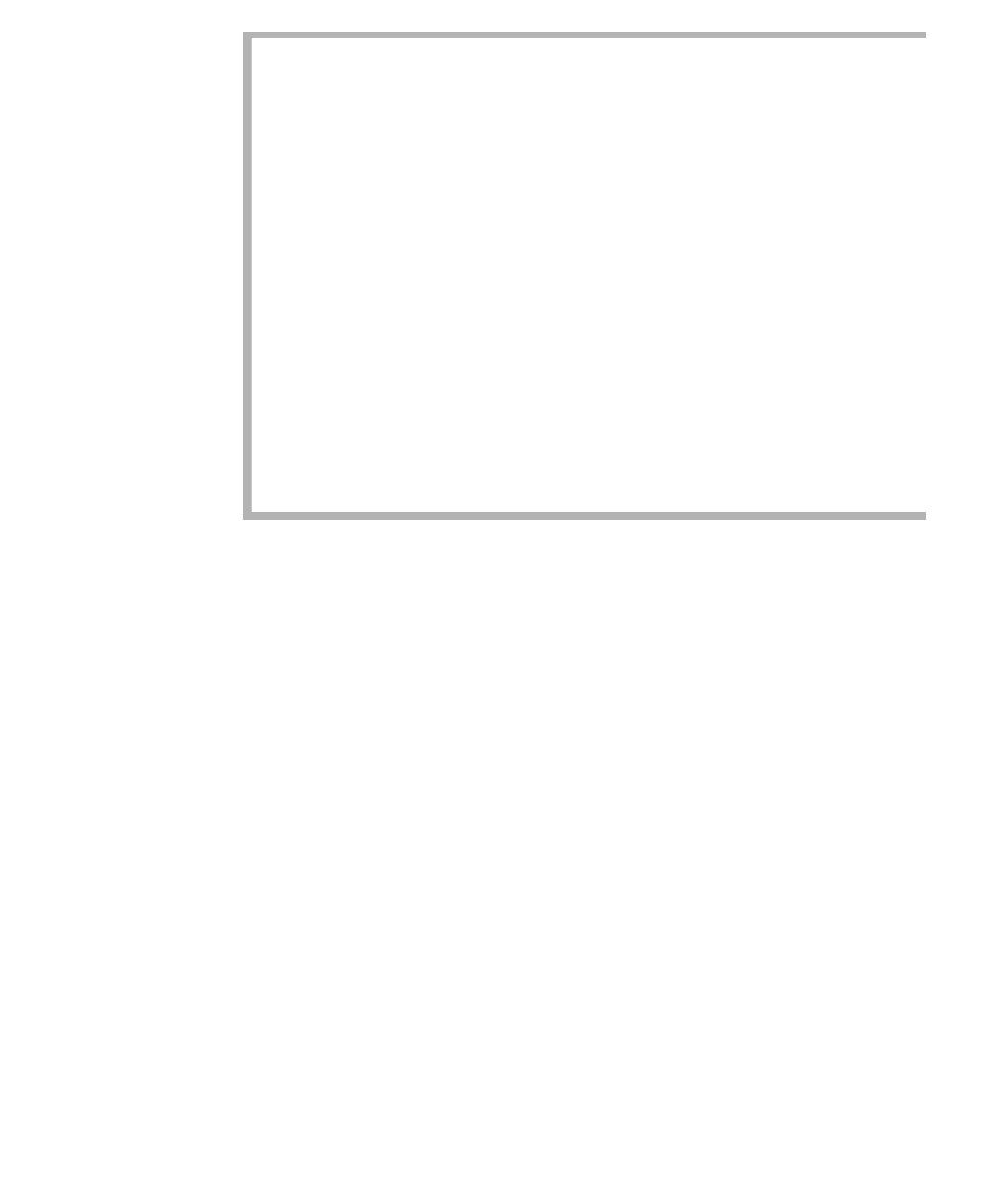Java Reference
In-Depth Information
figure 4.19
NoSuchElementException
,
implemented in
weiss.util
1
package weiss.util;
2
3
public class NoSuchElementException extends RuntimeException
4
{
5
/**
6
* Constructs a NoSuchElementException with
7
* no detail message.
8
*/
9
public NoSuchElementException( )
10
{
11
}
12
13
/*
14
* Constructs a NoSuchElementException with
15
* a detail message.
16
* @param msg the detail message.
17
*/
18
public NoSuchElementException( String msg )
19
{
20
super( msg );
21
}
22
}
defines a set of
printStackTrace
methods, provides a
toString
implementation,
a pair of constructors, and little else. The hierarchy is split off into
Error
,
RuntimeException
, and checked exceptions. A checked exception is any
Exception
that is not a
RuntimeException
. For the most part, each new class
extends another exception class, providing only a pair of constructors. It is
possible to provide more, but none of the standard exceptions bother to do so.
In
weiss.util
, we implement three of the standard
java.util
exceptions. One
such implementation, which shows that new exception classes typically
provide little more than constructors, is shown in Figure 4.19.
4.5.3
i/o: the decorator pattern
I/O in Java looks fairly complex to use but works nicely for doing I/O with
different sources, such as the terminal, files, and Internet sockets. Because it is
designed to be extensible, there are lots of classes—over 50 in all. It is cumber-
some to use for trivial tasks; for instance, reading a number from the terminal
requires substantial work.
Input is done through the use of stream classes. Because Java was
designed for Internet programming, most of the I/O centers around byte-
oriented reading and writing.

Search WWH ::

Custom Search